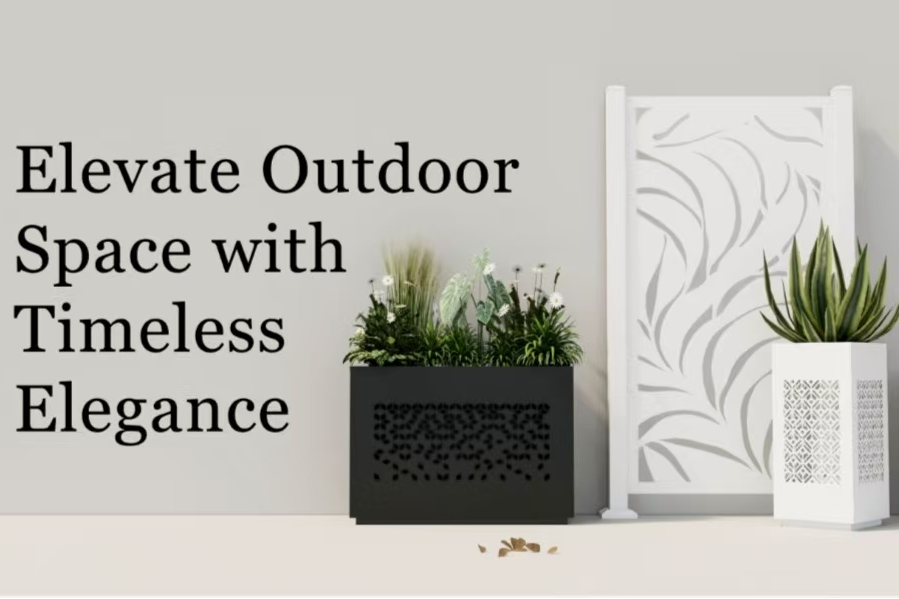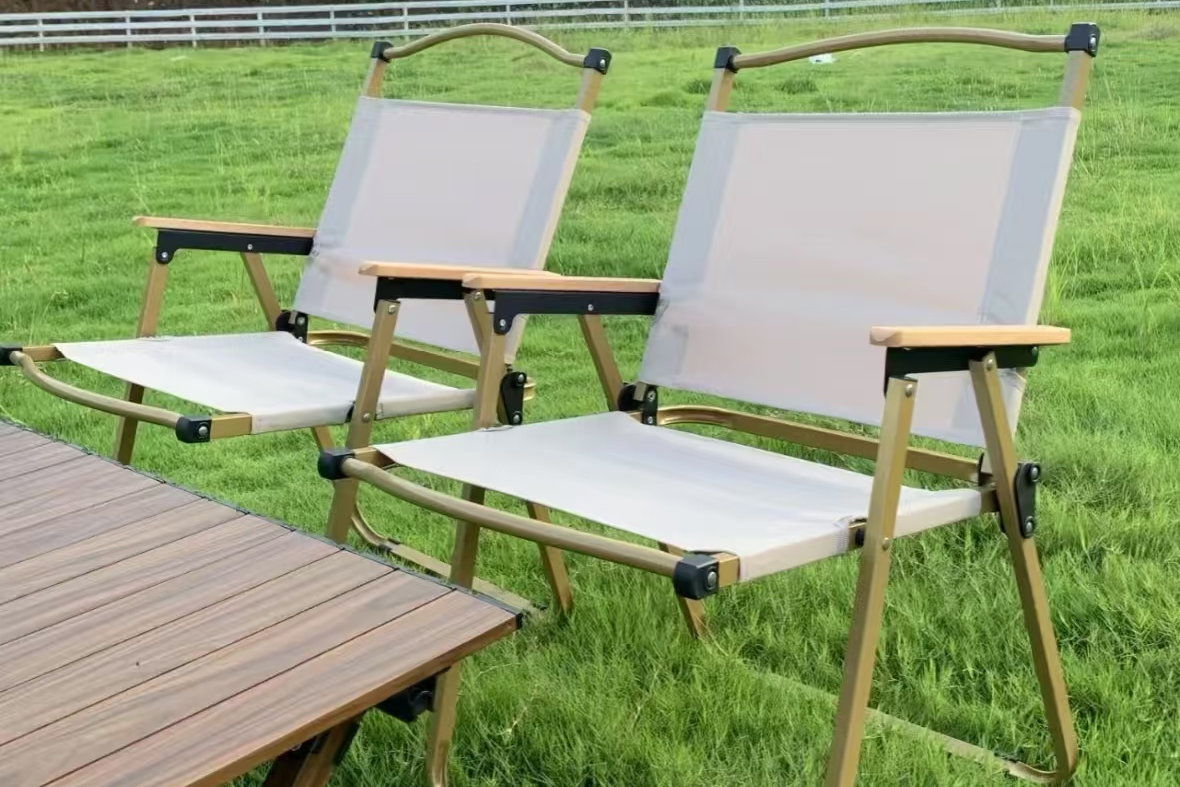
How Often Should You Water Plants in a Planting Box?
2025-11-12
Watering is one of those simple gardening tasks that can easily go wrong. Too much or too little water can both harm your plants — and finding the right balance takes a bit of know-how. If you’re using a planting box, either indoors or outdoors, understanding how often to water is key to healthy, thriving plants.
In our previous blogs, we talked about using planting boxes indoors and how to boost their productivity. Today, let’s get into one of the most frequently asked questions: how often should you water?
1. It Depends on Where Your Planting Box Is
Location plays a big role in watering frequency.
If your planting box is placed outdoors under full sunlight, the soil will dry out faster than it would indoors. Outdoor boxes may need watering every day in hot weather, especially if your plants have shallow roots.
However, for indoor planting boxes, once every 3–5 days might be enough, depending on humidity and temperature. You don’t need to stick to a rigid schedule — your plants will tell you when they’re thirsty!
2. Check the Soil Before Watering
Here’s an easy trick: stick your finger into the soil up to the first knuckle.
If the top inch feels dry, it’s time to water. If it’s still damp, hold off a bit longer. This simple test works for nearly all planting box setups.
Overwatering can suffocate roots by filling all the air pockets in the soil with water. And trust me, that’s one of the most common mistakes beginners make. The plants won’t die immediately, but they’ll start turning yellow and weak — and by then, it’s already too late.
3. Choose the Right Time of Day
Timing matters too. The best time to water your planting box is early in the morning or late afternoon. This helps reduce evaporation and gives plants enough moisture throughout the day.
Avoid watering at night unless you live in a very dry area — cooler temperatures and moisture can promote fungal growth. Nobody wants moldy soil, right?
4. Know Your Plants’ Needs
Different plants have different water requirements.
For example:
-
Leafy greens like lettuce or spinach prefer consistently moist soil.
-
Succulents and herbs like rosemary need less frequent watering.
-
Flowering plants such as marigolds or petunias need more during blooming seasons.
When you use planting boxes to grow multiple plants together, try grouping ones with similar watering needs. Otherwise, one plant may drown while another stays thirsty. That’s not fun for anyone!
5. Consider Drainage and Box Material
Your planting box material also affects watering frequency. Wooden boxes retain moisture longer, while metal or plastic ones can dry out faster under sunlight.
Good drainage holes are a must. If your planting box doesn’t have enough of them, water will collect at the bottom — leading to root rot and, eventually, dead plants. Some people even add a thin gravel layer at the bottom to help excess water escape easily.
6. Use Tools to Help You Track Moisture
If you want to be more precise, get a moisture meter. It measures soil dampness accurately, taking the guesswork out of watering. Some gardeners also install self-watering systems or drip irrigation, especially in larger outdoor planting boxes.
That said, for small home gardens, your hands and eyes are still the best tools — simple, cheap, and always available!
Wrapping It Up
So, how often should you water plants in a planting box? There’s no one-size-fits-all answer — it depends on soil, sunlight, humidity, and plant type.
The key is consistency and observation. Don’t just follow a schedule; instead, learn to read your plants and soil. Once you do, you’ll find watering to be more of a relaxing daily ritual than a chore.
If you’ve been following our recent blogs about indoor gardening and box maintenance, this completes a natural step forward: learning to understand your plants’ language. With a little patience, you’ll become a planting box pro in no time!
Recent Posts

2025-11-05
Can Planting Boxes Be Used Indoors?



